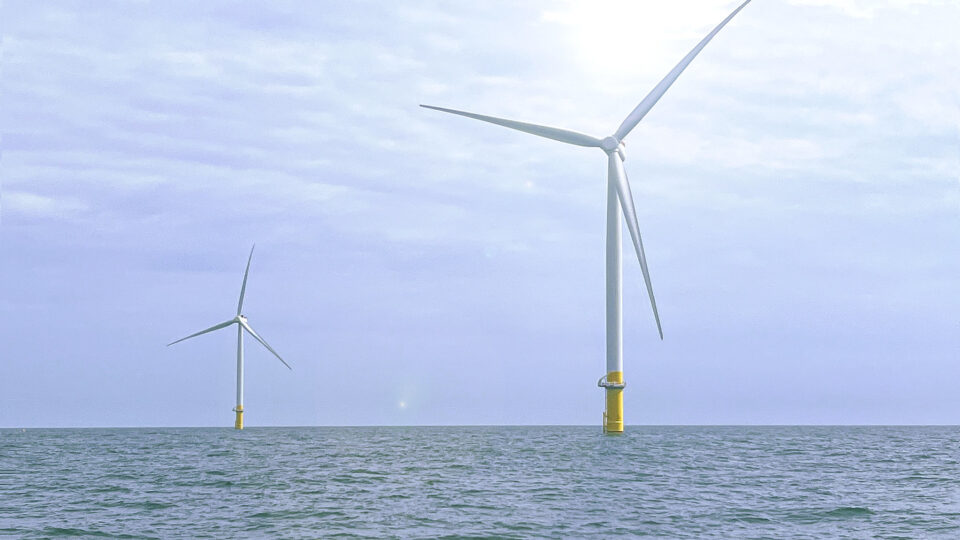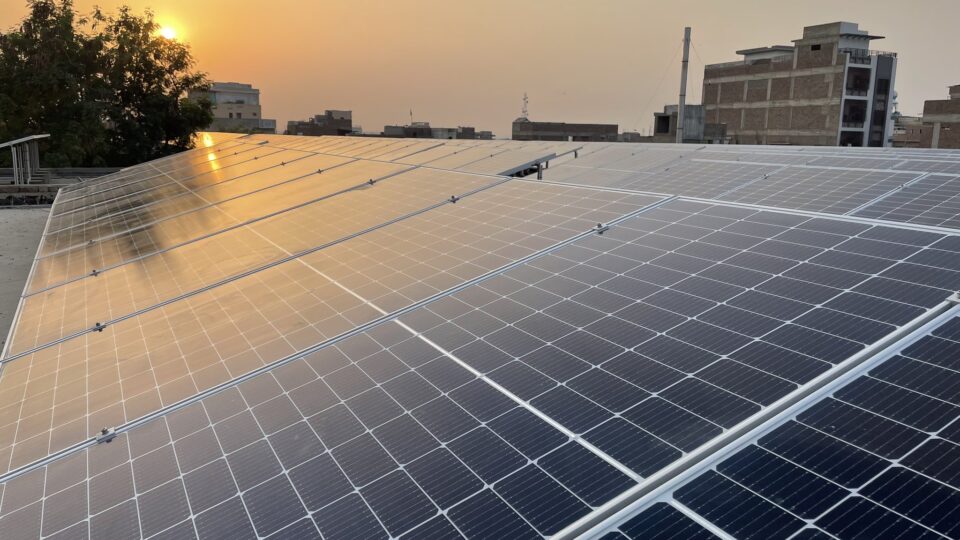There have been large offshore wind farms in Europe for over 30 years. Five Asian countries have had offshore wind installations for 7 years, with China now leading the world in total installed capacity. The United States has been talking about offshore wind power for a long time and has been moving toward actually installing it in fits and starts.
As of early December, there is finally a wind turbine off the coast of eastern Long Island that has begun sending electricity onto the U.S. grid. The South Fork Wind Farm will soon have 12 turbines generating 132 megawatts of offshore wind energy to power more than 70,000 homes.
Meanwhile, the first five turbines for the Vineyard Wind I project off the coast of Massachusetts have been installed and will be sending 65 megawatts of power to the electric grid in Massachusetts just weeks after the New York installation turned on.
Vineyard Wind I is planned to expand into a 62-turbine, 806-megawatt project when fully operational. That is enough electricity to power an estimated 400,000 homes and businesses.
There are multiple offshore wind projects in various stages of development along the eastern seaboard. There are also various projects in the planning stages on the west coast, where the deep seabeds require the use of much more challenging floating turbine installations.
While it is encouraging to see that offshore wind is finally happening here in the United States, it is sobering to realize that there is more than 63 thousand megawatts of offshore wind power capacity installed globally comprising more than 11,000 turbines. We have a lot of catching up to do.
**********
Web Links
Decades after Europe, South Fork Wind sends first commercial wind power onto US grid
First five turbines installed at Vineyard Wind 1
Photo, posted June 14, 2022, courtesy of Stephen Boutwell/BOEM via Flickr.
Earth Wise is a production of WAMC Northeast Public Radio



